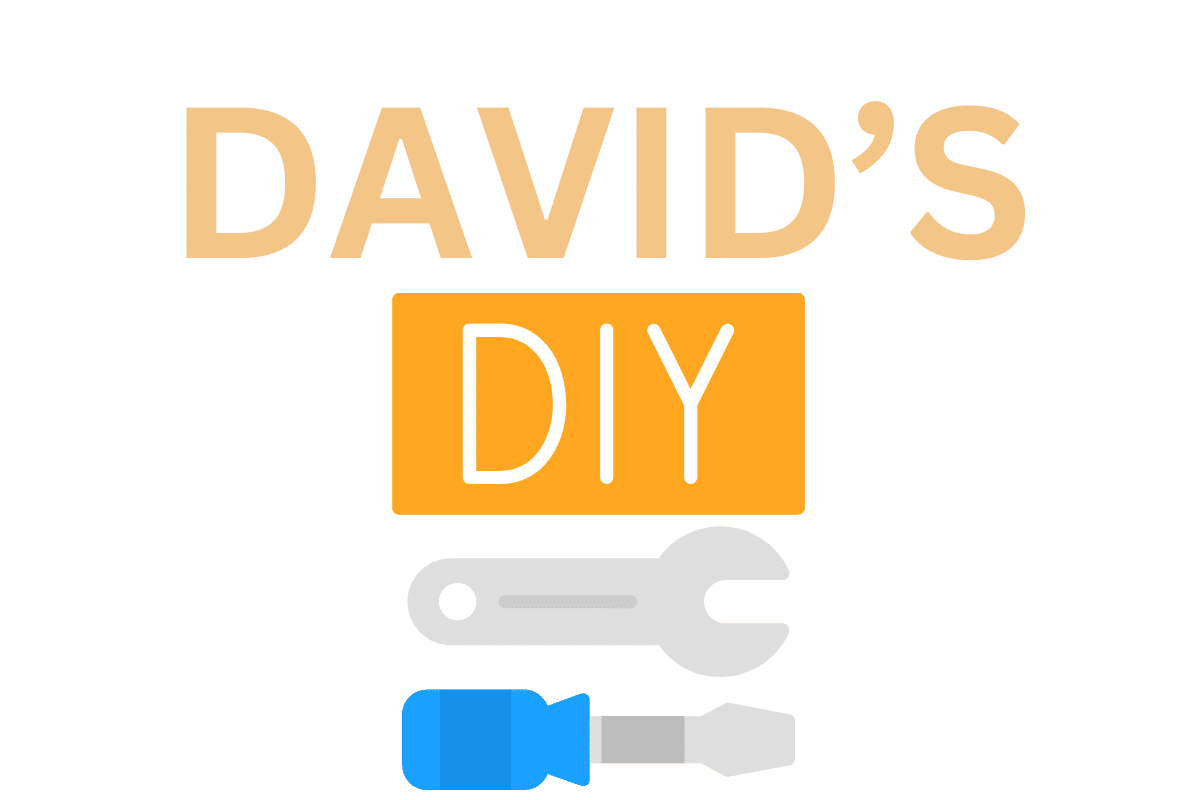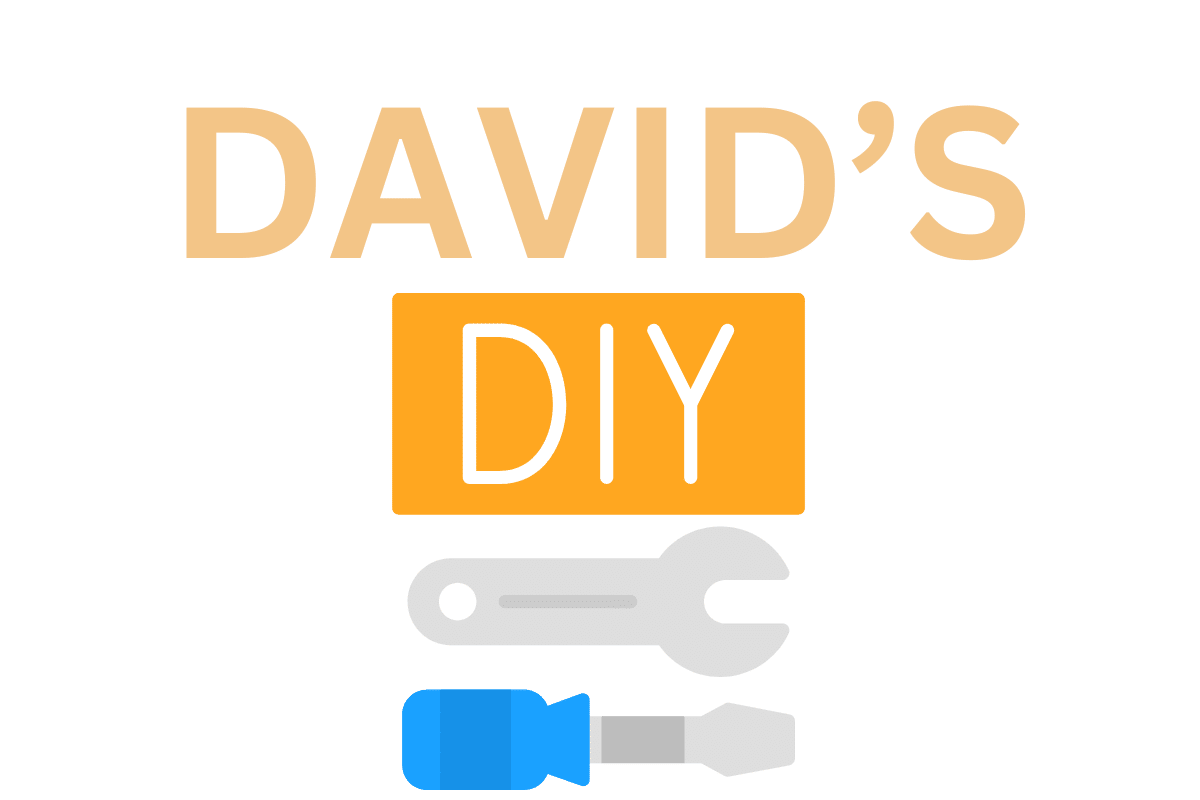The Raspberry Pi: A Tiny Wonder for Media Enthusiasts
Ahh, the Raspberry Pi – that little single-board computer that’s been taking the DIY world by storm. As a self-proclaimed tech enthusiast, I’ve been absolutely enamored with these pocket-sized marvels ever since I first laid eyes on one. And let me tell you, when it comes to turning your Raspberry Pi into a portable media center, the possibilities are truly endless.
You see, the Raspberry Pi is like a Swiss Army knife of computing – it can do just about anything you ask of it. And when it comes to media, it’s a real powerhouse. With the right software and a little elbow grease, you can transform that tiny little board into a fully-fledged media player that can stream your favorite movies, TV shows, and music anywhere you go.
Now, I know what you’re thinking – “A portable media center? That sounds complicated.” But fear not, my friend, because I’m here to guide you through the process, step-by-step. By the time we’re done, you’ll be the envy of all your friends, proudly showing off your very own DIY Raspberry Pi media center.
Choosing the Right Raspberry Pi Model
Before we dive in, let’s talk about the different Raspberry Pi models out there and which one might be the best fit for your portable media center project.
Now, the Raspberry Pi comes in a variety of flavors, each with its own unique set of features and capabilities. The latest model, the Raspberry Pi 4 Model B, is a real beast – with up to 8GB of RAM, dual-band Wi-Fi, and support for 4K video playback, it’s a pretty impressive little machine.
However, if you’re looking to keep your project as compact and portable as possible, you might want to consider one of the older models, like the Raspberry Pi 3 Model B or the Raspberry Pi Zero W. These smaller, more power-efficient boards still pack a serious punch when it comes to media playback, and they’ll help you keep your overall project size and weight down.
Ultimately, the choice will depend on your specific needs and preferences. Do you need the raw power of the Raspberry Pi 4, or will one of the more compact models suit your needs just fine? It’s a decision that’s worth giving some careful thought to, as it will have a big impact on the final design and performance of your portable media center.
Choosing the Right Software
Alright, now that we’ve got the hardware sorted out, let’s talk about the software that’s going to bring your portable media center to life. There are a number of different options out there, each with its own unique set of features and capabilities.
One of the most popular choices is Kodi, the open-source media player that’s been a favorite of DIY enthusiasts for years. Kodi is incredibly versatile, with support for a wide range of media formats and the ability to access all of your local and online content with ease. Plus, with its extensive library of add-ons and customization options, you can really make it your own.
Another great option is LibreELEC, a lightweight Linux distribution that’s specifically designed for media center applications. LibreELEC is built around Kodi, so you get all the same great features, but with a more streamlined and optimized setup process. It’s a great choice if you want a hassle-free, plug-and-play media center experience.
And let’s not forget about the good old-fashioned Raspbian, the official Raspberry Pi operating system. While it may not be as media-centric as Kodi or LibreELEC, Raspbian is a powerful and flexible platform that you can use to build your own custom media center solution from the ground up. This is a great option if you’re feeling particularly adventurous and want to really get your hands dirty with the DIY aspect of the project.
Whichever route you choose, the key is to do your research, experiment with a few different options, and find the one that best fits your needs and preferences. After all, the beauty of the Raspberry Pi is that it’s a blank canvas just waiting for you to put your own unique stamp on it.
Designing the Perfect Portable Media Center
Alright, now that we’ve got the hardware and software sorted out, it’s time to start thinking about the physical design of your portable media center. This is where the real fun begins, my friends!
One of the first things you’ll need to consider is the enclosure. After all, you’re not just building a media center – you’re building a portable media center, which means it needs to be compact, lightweight, and durable enough to withstand the rigors of travel.
There are a ton of different enclosure options out there, from sleek and minimalist 3D-printed cases to rugged, military-inspired designs. Personally, I’m a big fan of the Argon ONE M.2 case – it’s got a built-in cooling system, plenty of ports, and a really stylish, compact design that’s perfect for a portable media center.
But the enclosure is just the beginning. You’ll also need to think about power management, input/output options, and how you’re going to store and access all of your media content. Do you want to use a portable hard drive? A microSD card? Or maybe you’re the type who prefers to stream everything from the cloud?
And let’s not forget about the user experience. After all, what good is a portable media center if it’s a pain to use? You’ll want to make sure that your setup is intuitive, responsive, and easy to navigate, whether you’re using a physical remote control or a touchscreen interface.
I could go on and on about all the different design elements to consider, but the truth is, the possibilities are truly endless. The key is to think creatively, experiment with different ideas, and above all, have fun with the process. Because at the end of the day, that’s what DIY is all about – unleashing your inner maker and bringing your vision to life.
Bringing it all Together
Alright, now that we’ve covered all the basics, it’s time to put it all together and start building your very own portable Raspberry Pi media center. And let me tell you, this is where the real magic happens.
I remember when I first started tinkering with my Raspberry Pi, I was totally overwhelmed by all the different components and software options. But you know what? Once I just dove in and started playing around, everything started to click. And let me tell you, the sense of accomplishment you get when you finally see that little board spring to life and start pumping out your favorite movies and music – it’s truly unbeatable.
Now, I know what you’re thinking – “But what if I get stuck? What if something goes wrong?” Well, fear not, my friend, because that’s where the beauty of the Raspberry Pi community really shines. There are countless forums, tutorials, and online resources out there, all filled with passionate DIYers who are more than happy to lend a helping hand.
And let’s not forget about the good old-fashioned trial and error. After all, half the fun of a project like this is the process of figuring it out. So don’t be afraid to experiment, to try new things, and to learn from your mistakes. Because trust me, those “aha!” moments when you finally solve a problem or figure out a new feature – those are the moments that make it all worth it.
So, what are you waiting for? Grab your Raspberry Pi, start gathering your materials, and let’s get to work! I can’t wait to see what kind of portable media center masterpiece you come up with. Who knows, maybe you’ll even inspire me to start a new project of my own. After all, the possibilities are truly endless when it comes to the wonderful world of Raspberry Pi.
Conclusion
Well, there you have it, folks – my comprehensive guide to building your very own portable Raspberry Pi media center. From choosing the right hardware and software to designing the perfect enclosure and bringing it all together, we’ve covered just about every aspect of this exciting DIY project.
Now, I know what you’re thinking – “That’s all well and good, but where can I actually put this thing to use?” Well, let me tell you, the opportunities are endless. Whether you’re a frequent traveler looking to stay entertained on the go, a camper who wants to bring your favorite movies and shows into the great outdoors, or just a media enthusiast who wants a compact, portable way to enjoy your content, a Raspberry Pi media center is the perfect solution.
And let’s not forget about the bragging rights, my friends. Imagine the look on your friends’ faces when you whip out your custom-built, Raspberry Pi-powered media center and start streaming the latest blockbuster hit. They’ll be so impressed, they’ll be begging you to build one for them too.
So, what are you waiting for? It’s time to unleash your inner tech wizard and start building your very own portable Raspberry Pi media center. Trust me, it’s a project that’s sure to bring you endless hours of entertainment, satisfaction, and pure, unadulterated geeky joy.
Oh, and if you need any help along the way, you know where to find me. I’ll be right here, cheering you on and offering my unwavering support every step of the way. After all, we DIY enthusiasts have to stick together, am I right?
Now, go forth and conquer, my friends. The world of Raspberry Pi media centers awaits!

